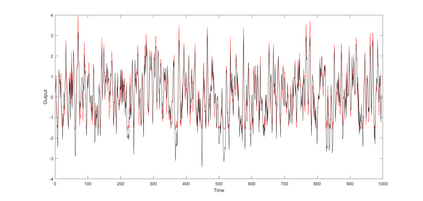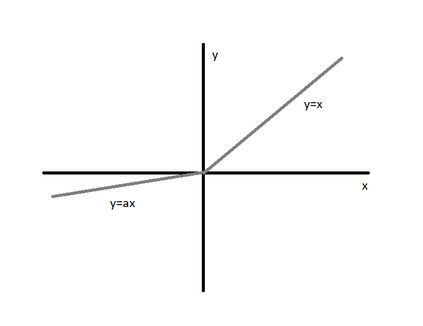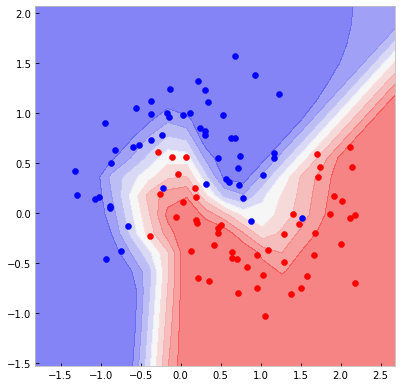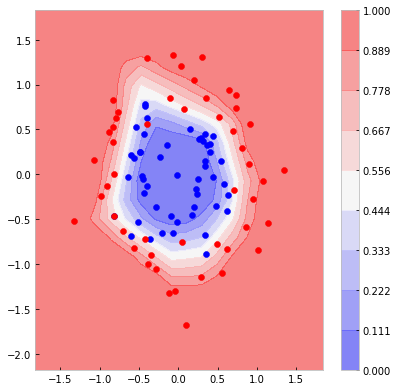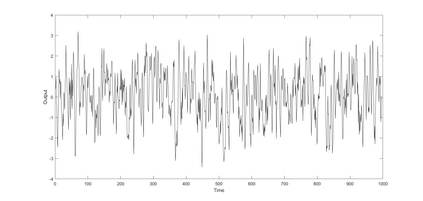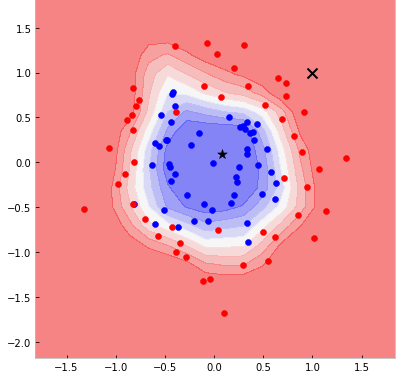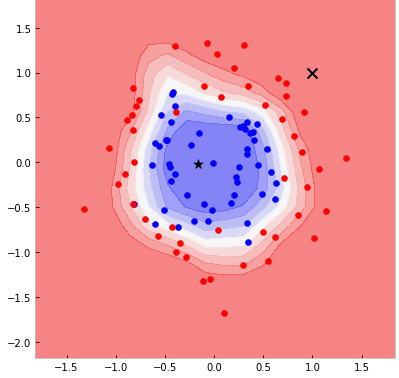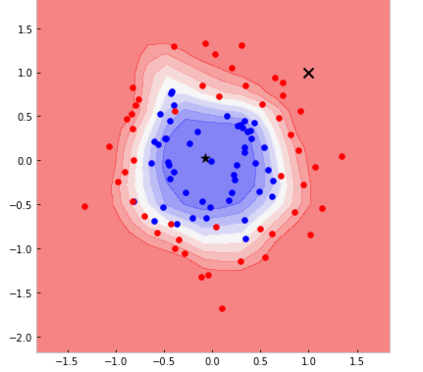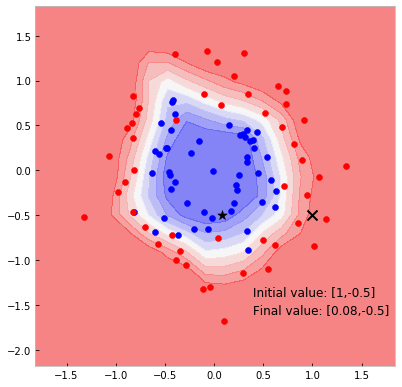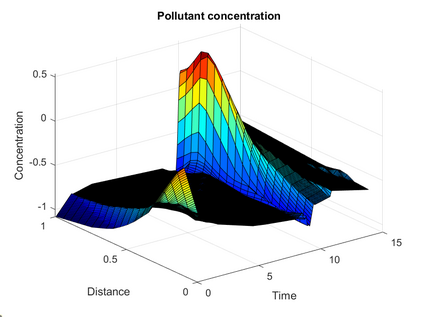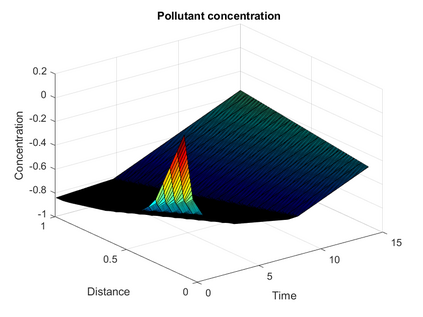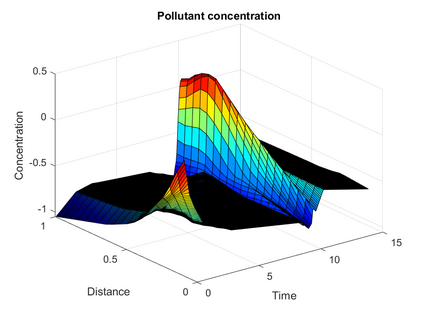Neural networks with ReLU activation function have been shown to be universal function approximators and learn function mapping as non-smooth functions. Recently, there is considerable interest in the use of neural networks in applications such as optimal control. It is well-known that optimization involving non-convex, non-smooth functions are computationally intensive and have limited convergence guarantees. Moreover, the choice of optimization hyper-parameters used in gradient descent/ascent significantly affect the quality of the obtained solutions. A new neural network architecture called the Input Convex Neural Networks (ICNNs) learn the output as a convex function of inputs thereby allowing the use of efficient convex optimization methods. Use of ICNNs for determining the input for minimizing output has two major problems: learning of a non-convex function as a convex mapping could result in significant function approximation error, and we also note that the existing representations cannot capture simple dynamic structures like linear time delay systems. We attempt to address the above problems by introduction of a new neural network architecture, which we call the CDiNN, which learns the function as a difference of polyhedral convex functions from data. We also discuss that, in some cases, the optimal input can be obtained from CDiNN through difference of convex optimization with convergence guarantees and that at each iteration, the problem is reduced to a linear programming problem.
翻译:ReLU 激活功能的神经网络显示为通用功能近似值,并将功能映射作为非moos 函数学习。最近,人们对在优化控制等应用中使用神经网络表现出很大兴趣。众所周知,使用神经网络在优化控制等应用中使用,使用非convex、非somoth 函数的优化是计算密集的,而且具有有限的趋同保证。此外,在梯度下移/偏移中使用的优化超参数选择会显著地影响所获得解决方案的质量。一个新的神经网络结构,称为输入 Convex 神经网络(ICNN) 学习输出为投入的连接功能,从而允许使用高效的 convex 优化方法。使用 ICNN 确定输出以最大限度地减少输出的输入有两个主要问题:学习非convex 函数作为convex 映射的精度可能导致显著的功能近似误差,我们还注意到,现有的表达方式无法捕捉到像线性延时延迟系统这样的简单动态结构。我们试图通过引入一个新的神经网络结构来解决上述问题,我们称之为 CDINNNN, 从我们称之为“ 线上同步同步化” 来学习了某种数据优化的功能, 将每个数据同步的功能作为多式输入的变换的功能作为硬化的变量的特性的变换的特性,我们也可以化的功能可以将CD- colnregradustrimml






